“I agree alignment is beneficial and necessary but how do we accomplish that?”
In this article we cover ideas on building a sustainable revenue generation process that incorporates and aligns sales and marketing into a cohesive revenue generation machine.
Sales and marketing misalignment is widespread, and companies with divided sales and marketing teams that function separately are putting themselves at a disadvantage.
Both your sales and marketing teams share objectives but achieve them in vastly diverse ways. Ensuring that the two teams are aligned is critical to your business’ success despite these differences in approach. According to data from Marketo, companies with strong alignment perform better, reporting 36% higher customer retention rates and 38% higher sales win rates.
Growthline & Building a Sustainable Revenue Generation
Here are some of the most common and important steps that are commonly incorporated into a typical sales process:
The traditional sales process incorporates a series of steps that move a sales representative from product and market research all the way through to a closed deal and beyond. In building a sustainable revenue generation, the number of steps in the sales process may vary depending on the industry, product, and prospect, but typically include four key stages: research, prospecting, sales call and close, and relationship-building/upsells,
1. Build product knowledge
Clients expect sales representatives to know every detail about the product they are selling. This streamlines communication and accelerates the sales cycle while giving reps the knowledge and confidence they need to handle objections.
2. Research your ideal prospect
Identify your target audience and research their needs, pain points, and preferences. This will help you tailor your sales pitch to their specific needs.
3. Qualify prospects
4. Lead a sales call
5. Follow up and close the deal
After the sales call, follow up with the prospect to answer any questions they may have and address any concerns. Once they are ready to make a purchase, close the deal by providing them with a proposal or contract.
6. Upselling & Ongoing Relationships
After closing the deal, continue to build a relationship with the customer by providing excellent customer service. This will help you retain their business and potentially upsell them on additional products or services in the future.
The Solution
Building a Sustainable Revenue Generation System for the Next-Gen Market Incorporating Sales and Marketing.
In today’s Next-Gen Sales environment, the steps remain the same, but marketing’s role is expanding to more stages of the funnel. Companies have often incorporated and implemented some parts of the new model because of personnel changes or functional necessity. But by designing a revenue process model that defines and incorporates the process stages from lead acquisition through delivery start, assigning owners of the stage, and incorporating that process into your revenue technology stack you can align both sales and marketing into a cohesive revenue-generating team.
While every client’s needs and process are different, a basic process model as illustrated below completes the process requirements and links both sales and marketing in alignment.
Get the Full Benefits of
the Revenue Process Model.
Marketing and Sales platforms must be integrated and mapped with the same marketing and sales data elements, process flow and defined roles and responsibilities. The stages between 3 and 4 can be transitioned via moving from MQL (Marketing Qualified Lead) to SQL (Sales Qualified Lead).
Stage 1
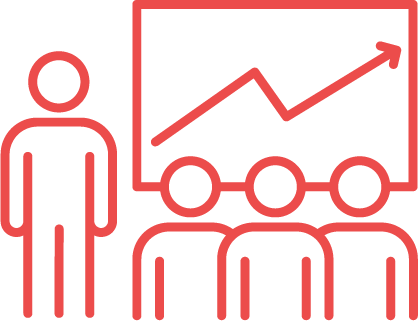
Lead Acquisition
Stage 2
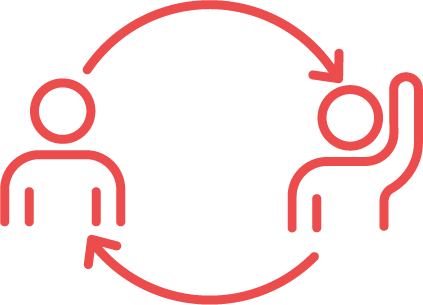
Marketing Journey
Stage 3
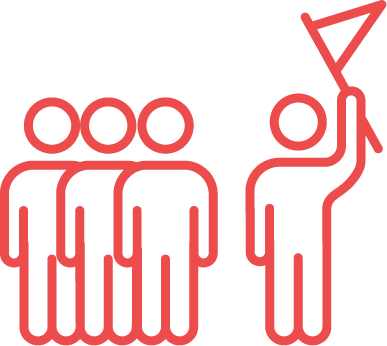
ID Account Opportunity
Stage 4
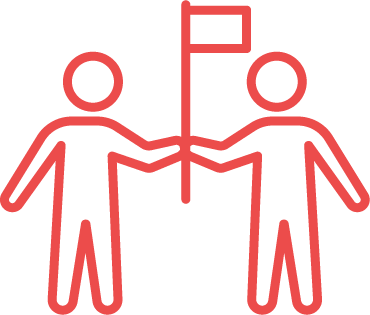
Mutual Qualification
Stage 5

Craft Solution
Stage 6

Proposal
Stage 7
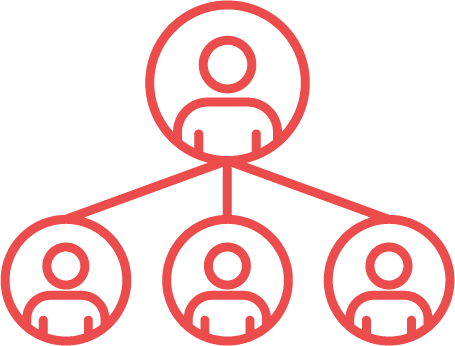
T&C
Stage 8
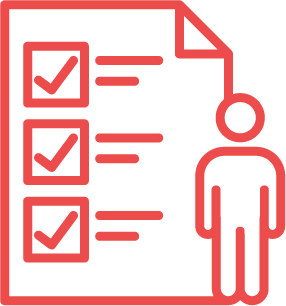
Begin Delivery
In many cases during Stage 3, the marketing or business development associate can build the basics of the account profile, with the account profile being defined as the demographics of the account as well as the possible buyers’ team that would be involved in the purchase.
Additionally, since many sales opportunities are not linear, using a formalized revenue process that is integrated into your technology platform allows for an opportunity to be looped backward to a previous stage to be requalified while maintaining all the account’s history and details. An example of the non-linear is an excellent illustration from Gartner.
We can help with your teams Sales Process Workflows
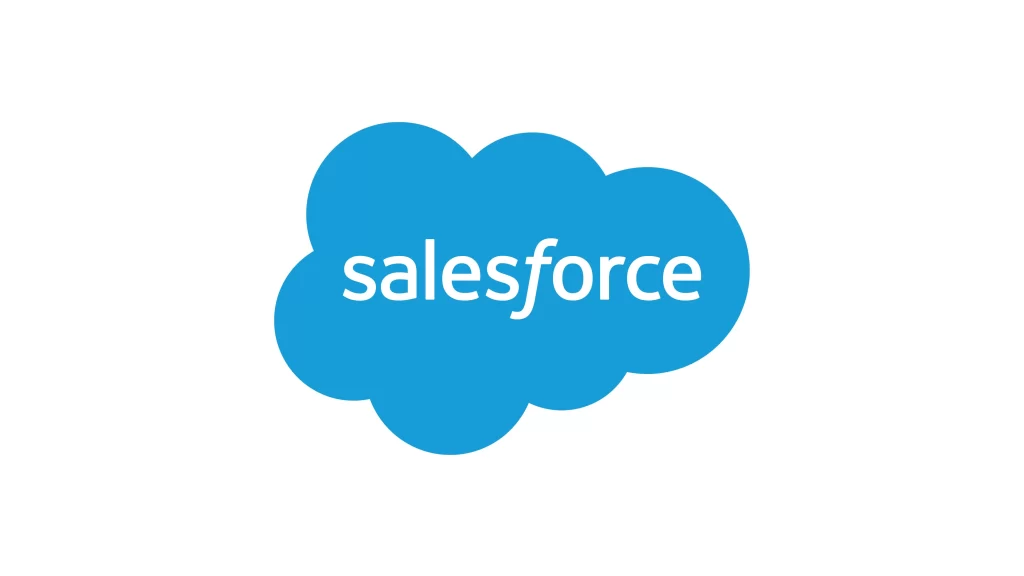
Salesforce Sales Process Tool

Zoho Blueprint Sales Process Tool
As your sales team grows you need to make sure the sales process you have designed can scale, and that the same level of attention is given to the right customers and leads. Zoho CRM’s Blueprint helps ensure everyone in your team follows the right process, It is an excellent tool which you also build in a sandbox, to define the sales process.
By building a process that is embedded into your sales and marketing stack your sales and marketing teams not only will be aligned, and will function as a team with a common objective but you will also have a solid foundation that can produce sustainable revenue acceleration into the future.
Get Started Today
Use this form to contact our sales team.

